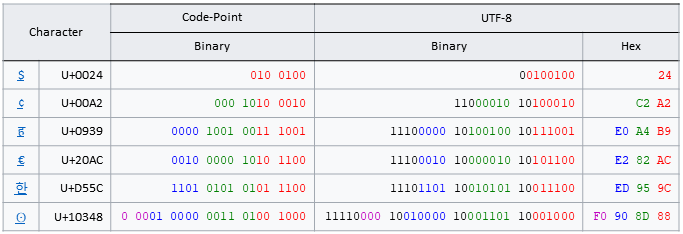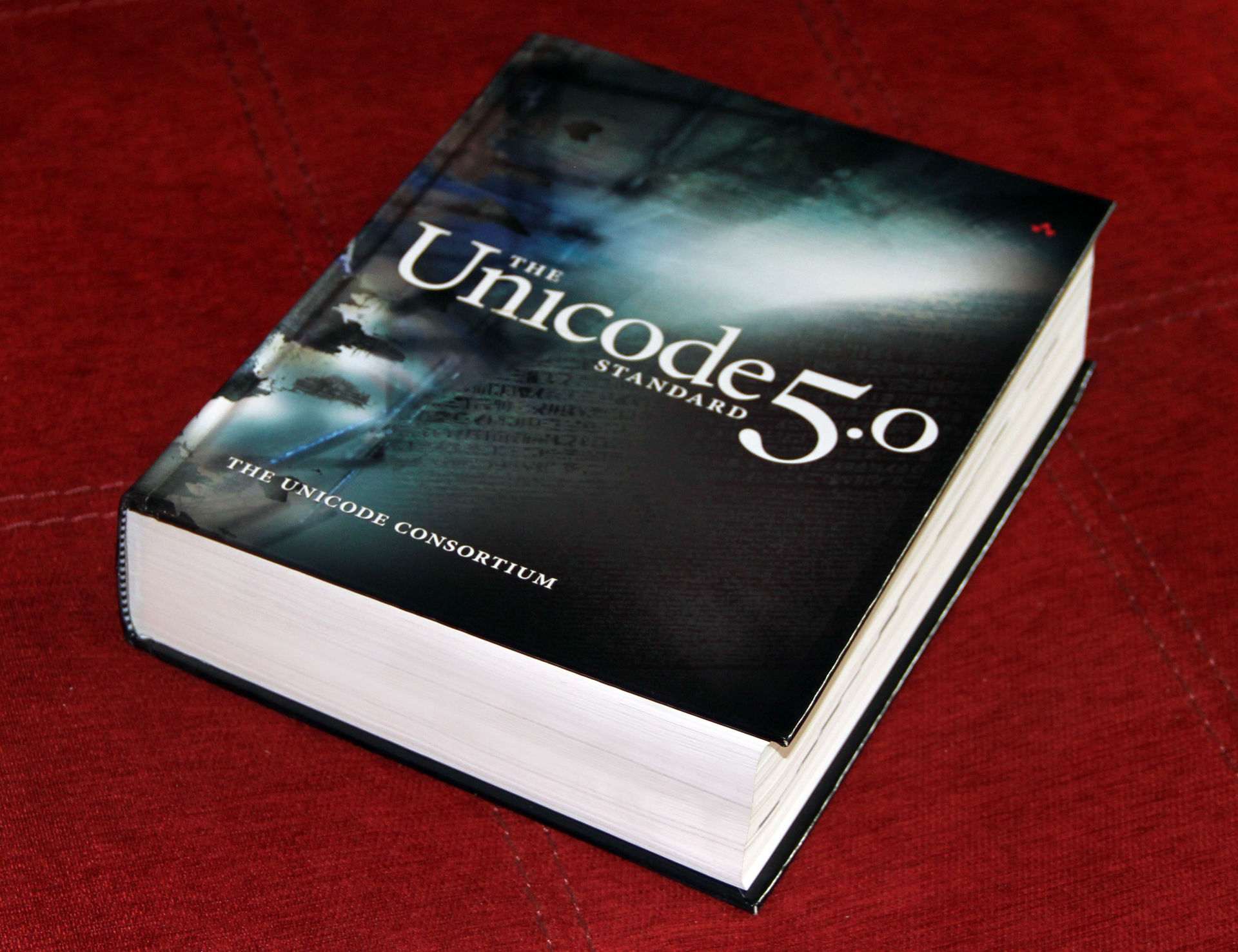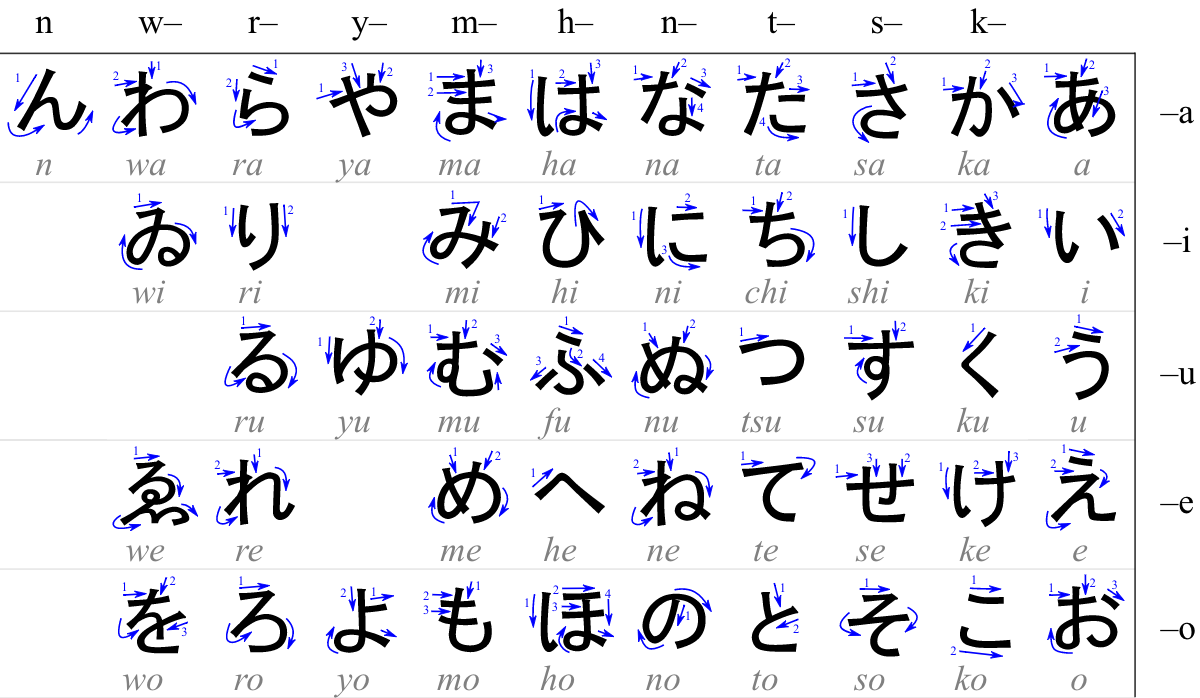
To complicate matters more, the more recent content was properly encoded in. Es decir, partiendo de una cadena en el juego de caracteres ISO-8859-1, obtener la correspondiente traduccin a UTF-8.

#Utf 8 converter ã± code
Code length is measured in bytes assuming the source code is encoded using UTF-8. Scoring is pure code-golf, shortest code wins. Submissions should implement the character encoding conversion themselves. var texto 'Tomar una decisin con la cigea.' var textoISO utf8encode. Recibe como parmetro la cadena UTF-8 y devuelve la cadena que tiene el juego de caracteres ISO-8859-1. Input is 0 or more bytes before the input stream is closed.Įncoding with UTF-8 is part of the task (as is decoding the input as CP437), so to that end built-in functions or language features that perform conversion between character encodings are not allowed. Sirve para codificar una cadena de caracteres que tenemos en UTF-8 en otro string con codificacin ISO-8859-1. Input and output is via stdin/stdout, or something equivalent to it (only a function that performs the conversion doesn't qualify). Bytes 0-31 and 127 are to be treated as graphics characters. That is, bytes should be translated into Unicode codepoints per this table (a particular revision of the Wikipedia article). The goal is to read bytes from input encoded in Code and output the same characters encoded as UTF-8. Click the symbols below to check their values in all forms for quick reference.). (Input or paste unicode, hex, utf-8 to their related input box, and then click the related calculate button will do the conversion.

WARNING: The transport file is from an earlier SAS release, or 9.1.3 without the corresponding hotfix. Escaped Unicode, Decimal NCRs, Hexadecimal NCRs, UTF-8 Converter. If it is just like this: Content-type: application/json. But what about Natural How would Natural display an UTF-8 encoded umlaut or other special characters As a first test, I write the following simple program: write 'UTF-8 encoded umlaut u is:' H'C384' / 'UTF-8 encoded ligature sz is:' H'C39F' / 'UTF-8 encoded euro symbol is:' H. check in your API response header if the Content-type key looks like this: Content-type: application/json charset utf-8. I think, from ADABAS point of view, it’s irrelevant if the characters are stored in ISO-8859 or UTF-8 format. Which in turn causes the XPT file once import into SAS 9.1.3 using the wlatin encoding to produce the following warning. Hi Joluall, GetConnect uses the encode described in its header. MAP2: PROTOTYPE - CREATED BY UNIX 6.1.1 -įORMAT PS=003 LS=080 ZP=OFF SG=OFF KD=OFF IP=OFF However since my 9.4 environment uses the UTF-8 encoding it seems to save the XPT.

The next thing is: It’s almost impossible to edit such a text-constant. Tengo un problema estoy migrando de isis a marc 21 y no se que conversión hacer porque no se en que codificación se convierte, al perecer es iso-8859-1 pero cuando la paso para utf-8 y la muestro en la consola de perl me salen caracteres extraños. Well, that's because the file is UTF-8, which means that is stored as two bytes: '0xc2 0xa3' (ord only works on a byte-by-byte basis) which just happens to look like when interpreted as Latin-1. For example it’s impossible to fill a map with a width of 79 with 79 characters.

For example: If I write a map with the EURO-Symbol in UTF-8 on it, it would be written into the map-source with a length of 3 byte, but it would be displayed with a character-width of one. This works quite good if I set my terminal-emulation to UTF-8 first! But at the end of the line, some characters from the previous screen are still displayed. Encoding a text with Unicode (UTF-8) and decoding with Western European (Windows) will sometimes produce strange characters. The first 256 characters in a mixed selection of encodings are displayed below. 'UTF-8 encoded euro symbol is:' H'E282AC' Selecting the wrong encoding (code page) may display some characters correctly but others will be scrambled. 'UTF-8 encoded ligature sz is:' H'C39F' / But what about Natural? How would Natural display an UTF-8 encoded umlaut or other special characters?Īs a first test, I write the following simple program: write I think, from ADABAS point of view, it’s irrelevant if the characters are stored in ISO-8859 or UTF-8 format.


 0 kommentar(er)
0 kommentar(er)
